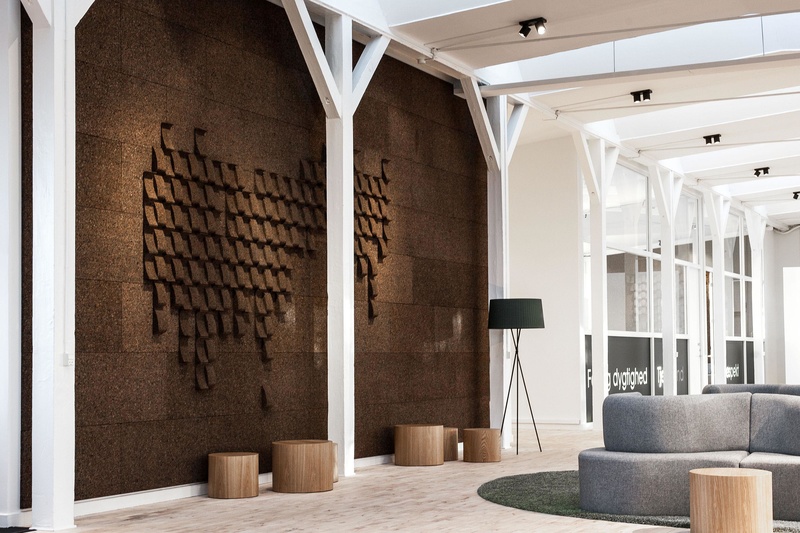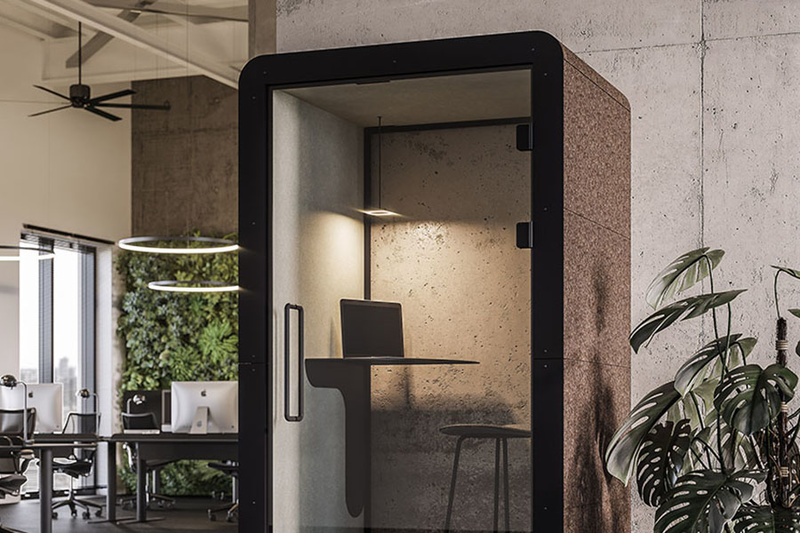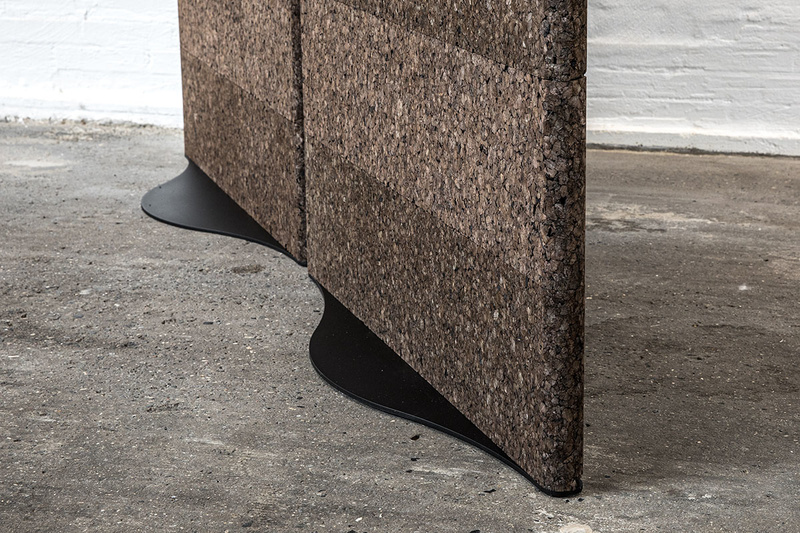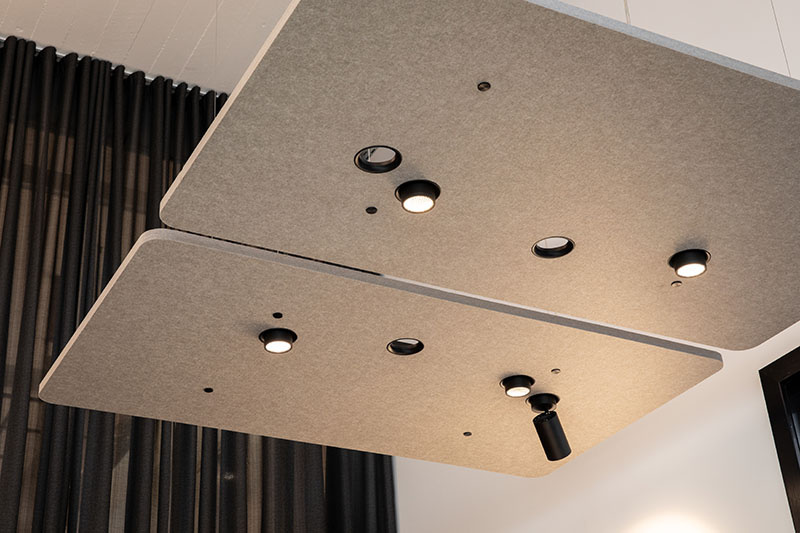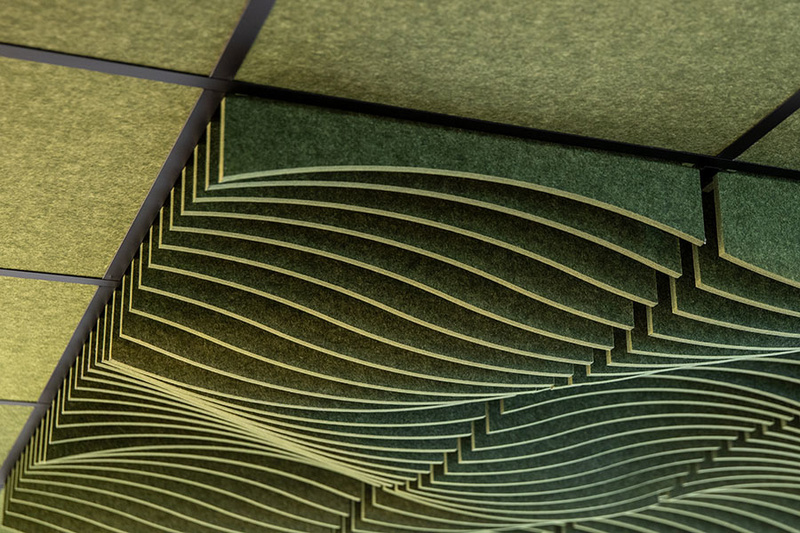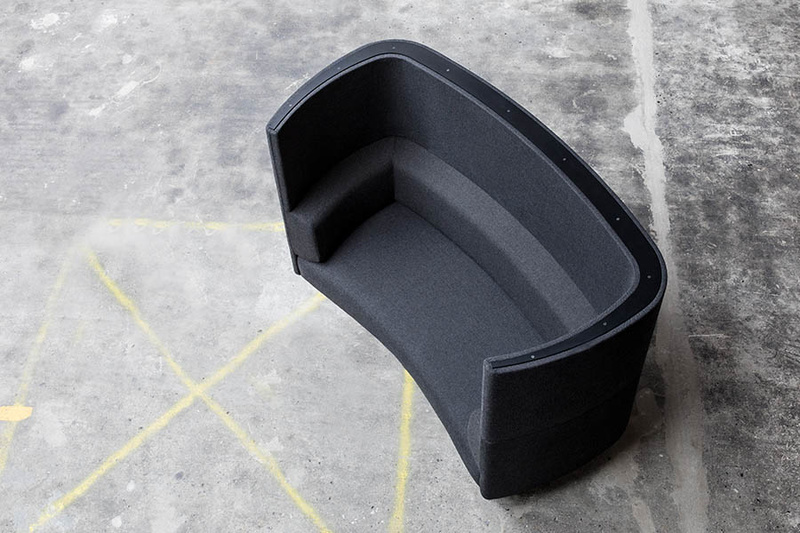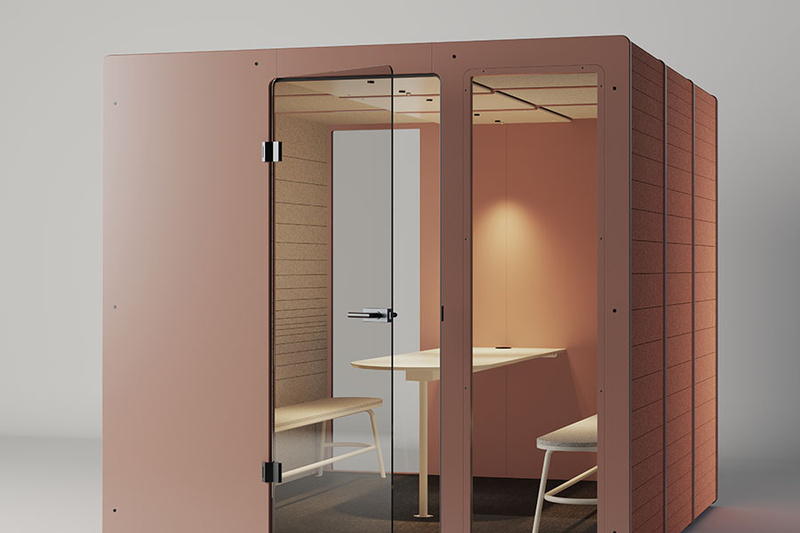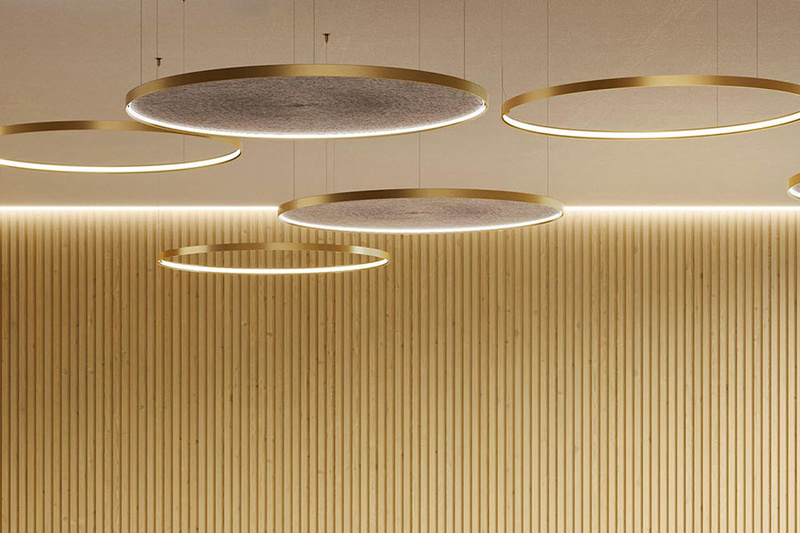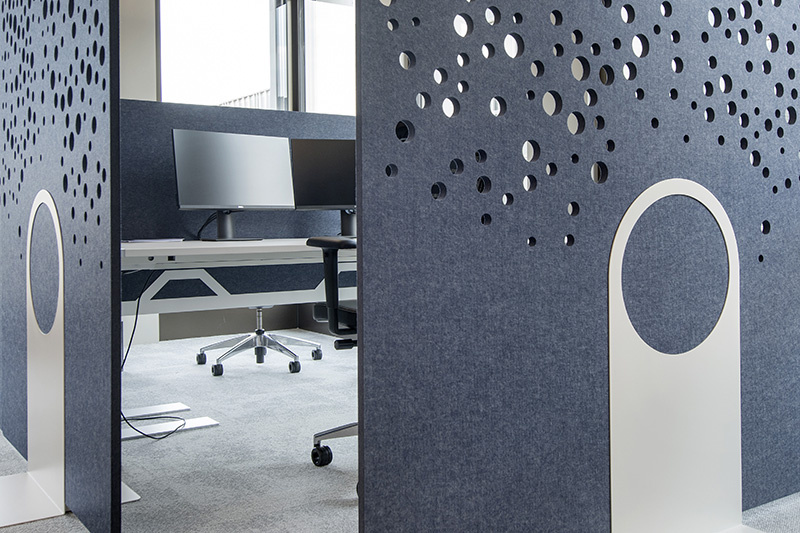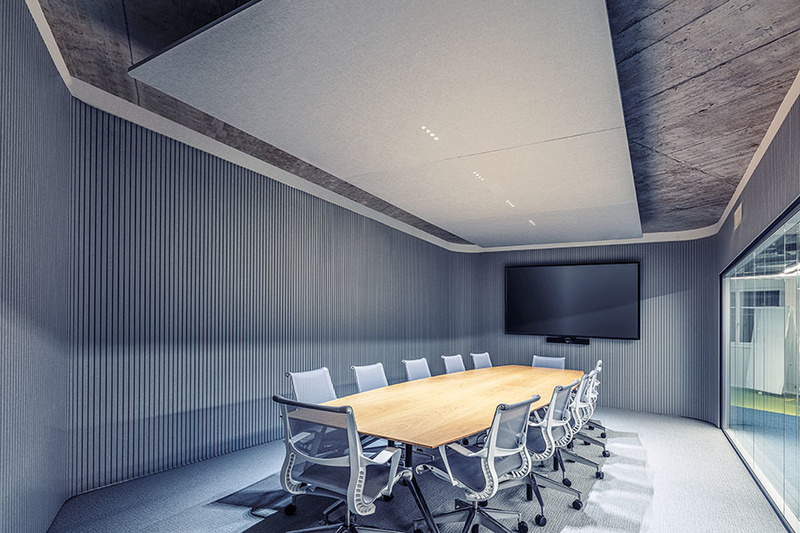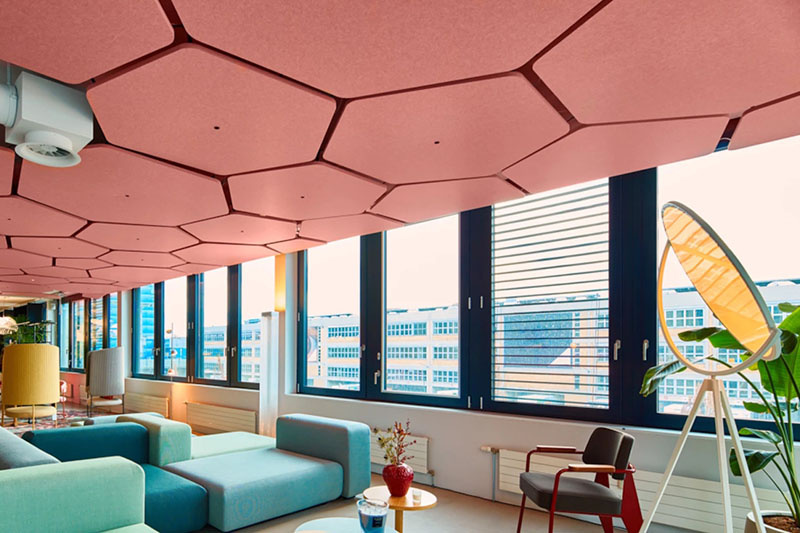Acoustics and interior design
The environment affects our well-being and therefore behavior. Therefore, it is always a good idea to look at how the interior design can create an environment that with well-being and well-being provides the best conditions for its users. This is true whether the desire is a well-oiled and creative business or whether the restaurant wants guests to return.
An eye opener
Grape conducted two major studies a few years ago. The first was really just to uncover what interior design challenges most people experience in their workplace. Our interest was to find out how we could best help companies with their interiors. Half answered that the biggest problem was noise.
Admittedly, when we started the surveys, we had a hunch that noise would probably be among the biggest problem kids. But when the study revealed that half had noise issues, we were still somewhat astonished.
Therefore, we immediately launched a new study: This time, we asked the same group of people more directly about how they experienced the acoustic problems and what has been done to remedy them. As many as 68% experienced speech from colleagues sitting close by as a problem. In second place was “speech from colleagues sitting further away”, which was perceived as a problem by 52% of the respondents. That speech noise proved to be the biggest problem gave us an idea of what acoustic solutions we should fill in the “toolbox”.
By the way, no less than 40% answered that nothing had been done about the problems yet. Unfortunately, our latest experience shows that acoustics are still teasing. At the same time, we sense that the reason is that the subject is perceived as abstract and complicated. Therefore, in the following we will try to make the flight more down-to-earth and operational.
What is good acoustics?
One of the only times we can really rejoice over a good echo is when we shout “What do Moller drink” and get the famous answer. When professional acousticians work with devices, the echo is renamed reverberation time. It is measured in seconds as the time it takes for a loud sound to drop by 60 dB.
Another concept that is closely related to reverberation time is speech intelligibility. It is measured as an index - that is, a percentage of how much of what is spoken is heard and understood by the recipient. A long reverberation time gives low Speech Transmission Index (STI) and vice versa. It could easily sound as if it is always worth striving for the shortest possible reverberation time and thus the highest speech intelligibility. But this depends on the type of decor and the need.
In open offices, where you are not necessarily interested in following all conversations, the sound from colleagues a little further away may need to be blurred a bit. The optimum in an open office is a reverberation time of about 0.6 seconds as well as some sound-erasing measures - eg screen walls and table screens. In the conference room, where everyone need to follow what is being said, there is a need for a high level of speech intelligibility and therefore a short reverberation time. Preferably somewhat shorter than the 0.6 seconds that apply to the open offices.
The answer to the question of what is good acoustic can be formulated as follows: Good acoustics is when reverberation time and speech intelligibility suit the type of device and the needs of the users.
Standing waves
Before we dive into the solutions, it is necessary to take a closer look at how the reverberation time occurs. Here the standing waves come in, as a new concept. When sound waves of the hard surfaces are reflected many times around a device, there are challenges with the so-called standing waves. Biggest sins are the standing waves that occur between parallel hard surfaces. That is, for example, between a plaster wall and a row of windows or between floor and ceiling. This is the type of sound waves we should first and foremost strive to break when we want to reduce the reverberation time in a device. And here it is worth noting that it is enough to set up the so-called acoustic absorbents on one of the parallel surfaces to break the waves. If you have a good acoustic ceiling, it is purely acoustic (thankfully) not necessary with a carpet with a high pile. And by the way, a rug will never be able to keep up with the best acoustic ceilings.
Acoustic absorbers
The solutions used to break or absorb the standing sound waves are called "acoustic absorbents". At home in the private, we get far and mostly to the finish with rugs, curtains and upholstered furniture. However, modern homes with high ceilings can present some additional challenges that can only be solved with specialized acoustic absorbents. In eg offices, shops and restaurants, decor is exclusively with upholstered furniture and carpets with not always equally practical. So here, too, something more is needed to control the noise. Including a review of the most common types of acoustic absorbers sorted by location:
Loft
The ceiling is most often the surface first covered with acoustic absorbents. It also makes very good sense since you can achieve a large absorbent area here and thus reach far in your efforts. The ceiling absorbs the vertical sound waves. That is, waves that are reflected between floor and ceiling. With a good acoustic ceiling, you can, as previously mentioned, have a hard floor and still achieve good acoustics. There are a myriad of acoustic ceilings from acoustic plaster to submerged solutions such as Grape Float and Grape 60x60.
Floor
The floor can in principle also be used as an acoustic absorbent. However, it requires a carpet with high pile before the sound-absorbing effect really becomes audible. And a long-haired rug is mostly quite impractical. On the other hand, carpet runners and solid floors such as fully glued rubber and linoleum as well as concrete are a good way to reduce step noise. Incidentally, one of the worst culprits in relation to step noise is loose wooden floors. They act almost like a sound-amplifying drumhead in relation to step noise.
Walls
Acoustic absorbers on the walls are intended to capture the horizontal sound waves. That is, the waves that are thrown back and forth between parallel walls and / or glass sections such as windows and glass walls. There are good decorative absorbents such as acoustic images, the acoustic felt walls from Impact acoustic and Grape Tiles and Grape Random.
Shielding
Shielding in the form of free-standing screen walls, table screens and suspended screens can be added to the decor in strategic locations. The difference between shielding and absorbents on walls and ceilings is that in addition to the sound-absorbing effect, shielding also naturally shields from noise. In particular, shielding is good for blurring speech noise and thus reducing speech intelligibility from those who stay a little away. This makes it easier to focus on your assignments, phone conversations or the good discussions with close colleagues. As with the ceilings, there are also a myriad of screening solutions. Some better than others. Good solutions are, for example, molo's beautiful softwall, felt walls and table screens from Impact, acoustic and Grape Space screen wall in cork.
Acoustic pendulums
Pendants that combine light with acoustic absorbers make good sense where you need both. Which you basically have everywhere. But acoustic lamps can be especially practical hung over, for example, the meeting table or the lively work group because they both contribute good light to the table and capture the speech noise right where it occurs.
Warning! Watch out for the thin acoustic absorbers!
The market for acoustic solutions is growing rapidly in line with demand. It tempts many to market cheap thin absorbents as fully valid acoustic solutions. Construction markets in particular are bad at going down that road. At best, that type of product makes no difference. At worst, they can actually hurt worse. The reason it can go so wrong is that the thin absorbents do not capture the deepest frequencies. If a room is taped with thin absorbents, the deep reverberation will remain as an uncomfortable dark aftermath every time something is said. Of course, especially if the speaker has a deep voice. The physical explanation is that the deepest tones have a wavelength that is too long to be caught in, for example, a thin self-adhesive felt or the thin black felt cloth that is often used as a background in cheap wooden lamella walls.
How to deal with the acoustic challenges?
You can use the above recommendations yourself or in collaboration with an expert. If you choose the expert path, we hope, of course, that with this article we have given the impression that you will be in safe hands here and at the same time have access to good aesthetic acoustic solutions. So whether you work with interior design of your own company or you as an interior designer or dealer are looking for inspiration and good advice, you are always welcome to call +45 38 878 800 or email grape@grape.dk. We look forward to hearing from you.

